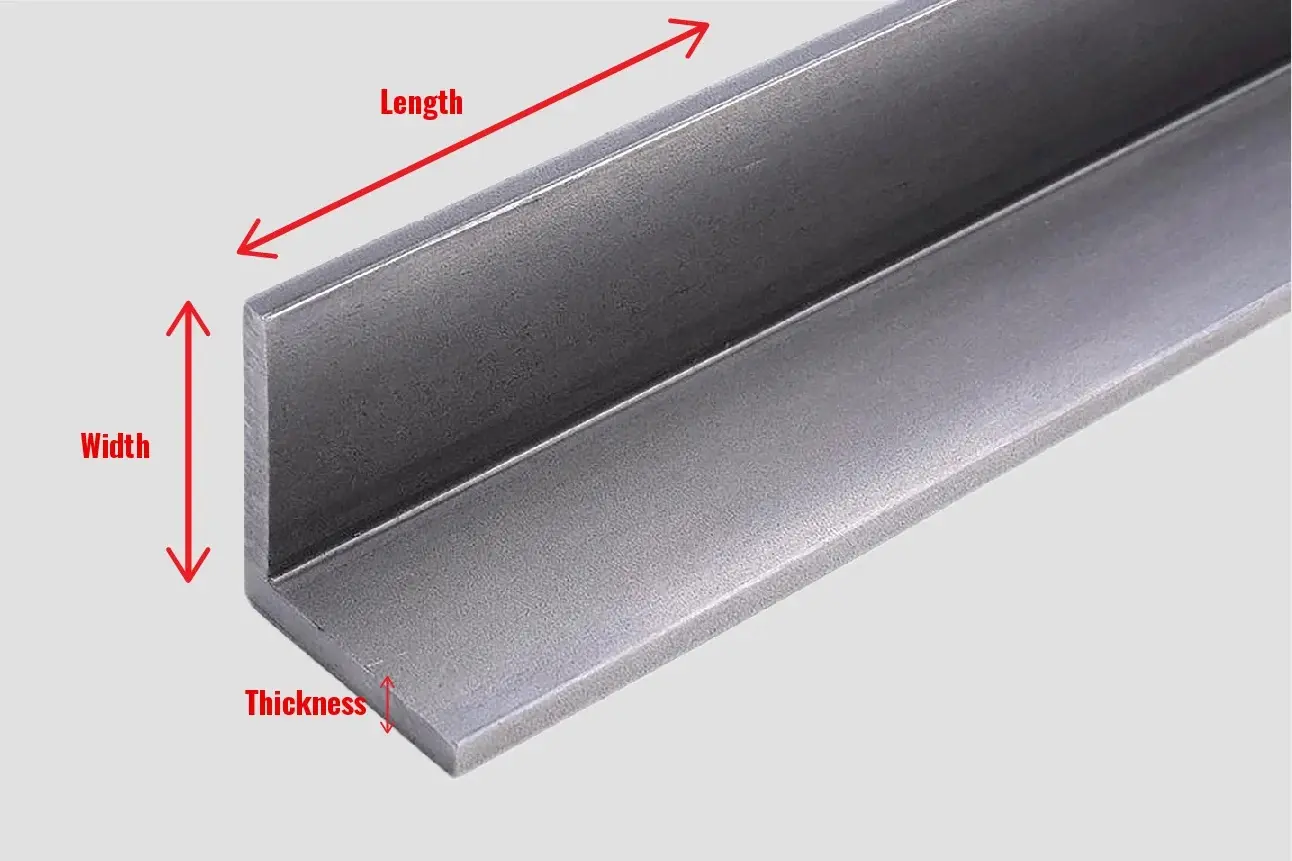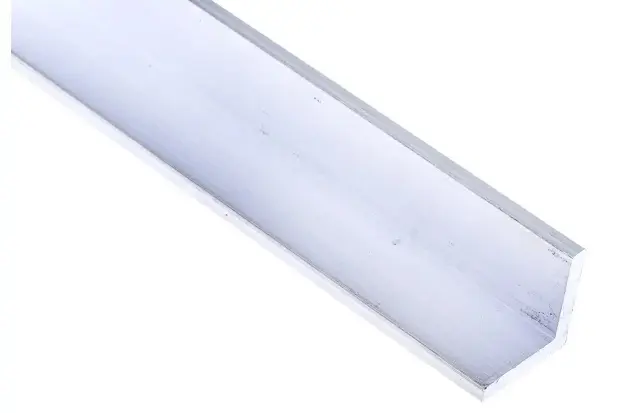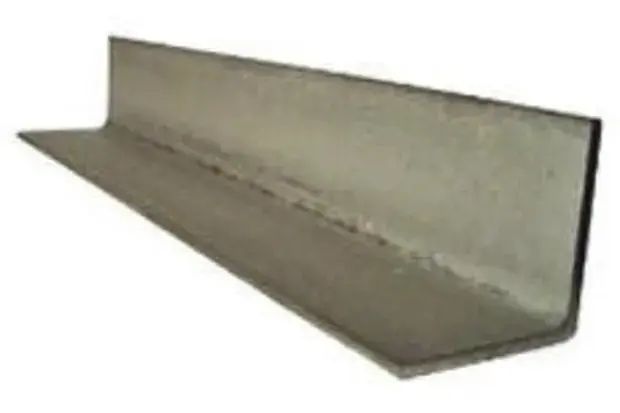Angle steel types, uses and angle steel materials introduction
Angle steel,also known as Angle Iron, is an L-shaped steel product that is used in a variety of applications.
They are versatile and can be used in a variety of industries including construction, manufacturing, and engineering.
Angle steelis a long, narrow metal product that is in a right-angle shape. They are used to form a corner or angle between two surfaces. It consists of two perpendicularly oriented metal pieces, called legs. The legs are connected to each other to provide stability and support to the Angle Steel, making it ideal for bracing or structural support.
Angle steel can be made from a variety of materials, including steel, stainless steel, and aluminum. However, they are usually made from high-strength steel alloys. The choice of angle steel material will depend on the intended application and the required angle steel properties such as strength, durability, and corrosion resistance.
Angle steel can vary in size, length, and thickness. Choosing the appropriate angle steel size and thickness is essential for the intended application to ensure that it provides the required strength and stability.
How and where is angle steel used?
Angle steel is a versatile and useful product that is widely used in a variety of fields including construction, manufacturing, and engineering. They are often used as support materials for building structural supports and bracing, and are also used in machinery and equipment. Angle steel is also used to make frames, shelves, and other structures that require stability and support.
Here are some common angle steel uses:
Construction: Angle steel is often used for building structural supports and bracing materials. They are used to strengthen walls, provide support for roof beams, and help distribute weight more evenly. They are also used to create frames for windows and doors, as well as shelves, cabinets, and other furniture
Manufacturing: Angle steel is used to make machinery frames, equipment supports, and other components, and is also used in conveyor systems, material handling equipment, and other machinery
Engineering: Angle steel is used in engineering and similar industries to create stable, strong structures. They are used to build bridges, towers, and other large structures, and provide support and stability to these structures
DIY Projects: Angle steel is also commonly used in DIY projects, such as making shelves, creating brackets for hanging items, and making custom brackets to keep items in place.
Angle Steel Types: Angle Steel Materials and Angle Steel Sizes
Angle steel is available in a variety of metal materials and sizes, allowing customers to choose the right type for their intended application scenario. Here are some common materials that metal angles come in:



Steel
Steel is a commonly used material in metal angles because it is strong,durable, and affordable.
Steel is usually available in a variety of different grades and alloys.
The choice of steel grade will depend on the intended use and the properties required, such as strength, durability, and corrosion resistance.
Aluminum
Aluminum is a lightweight and corrosion-resistant material that is commonly used in metal angles. It is often used in architectural and engineering applications, as well as in homemade projects.
Stainless steel
Stainless steel is a durable material that resists corrosion and rust. It is often used in applications where appearance is important, such as furniture and interior design. It is also often used in environments that require protection from moisture or corrosive substances.
Angles are also available in different sizes, lengths, and thicknesses, and can be custom cut to specific requirements. Choosing the right size and thickness of angle is essential for the support capacity required.
How to Measure Angle Sizes
When choosing angles, it is helpful to know the size and thickness required. Angle sizes are usually measured by length, width, and thickness.
Length: The measurement from one end to the other.
Width: The measurement of the legs from the outside to the center of the L-shape.
Thickness: The thickness measurement of the legs.
When purchasing angles online, it is important to select the correct size and thickness for the intended application. This will help ensure that the angle is appropriate for your needs and works as intended.
Failure to order the incorrect size and thickness may result in an angle that is too weak or too heavy for your application and cannot be used in the intended manner. Additionally, ordering the wrong size may result in additional custom cutting or additional costs for reordering the correct size.
To avoid these issues, it is vital to carefully measure the size and thickness required for your project. By taking these precautions, you can be confident that you are ordering the correct angle for your project. Additionally, you can be confident that you will receive the materials you need to complete your project on time and on budget.















